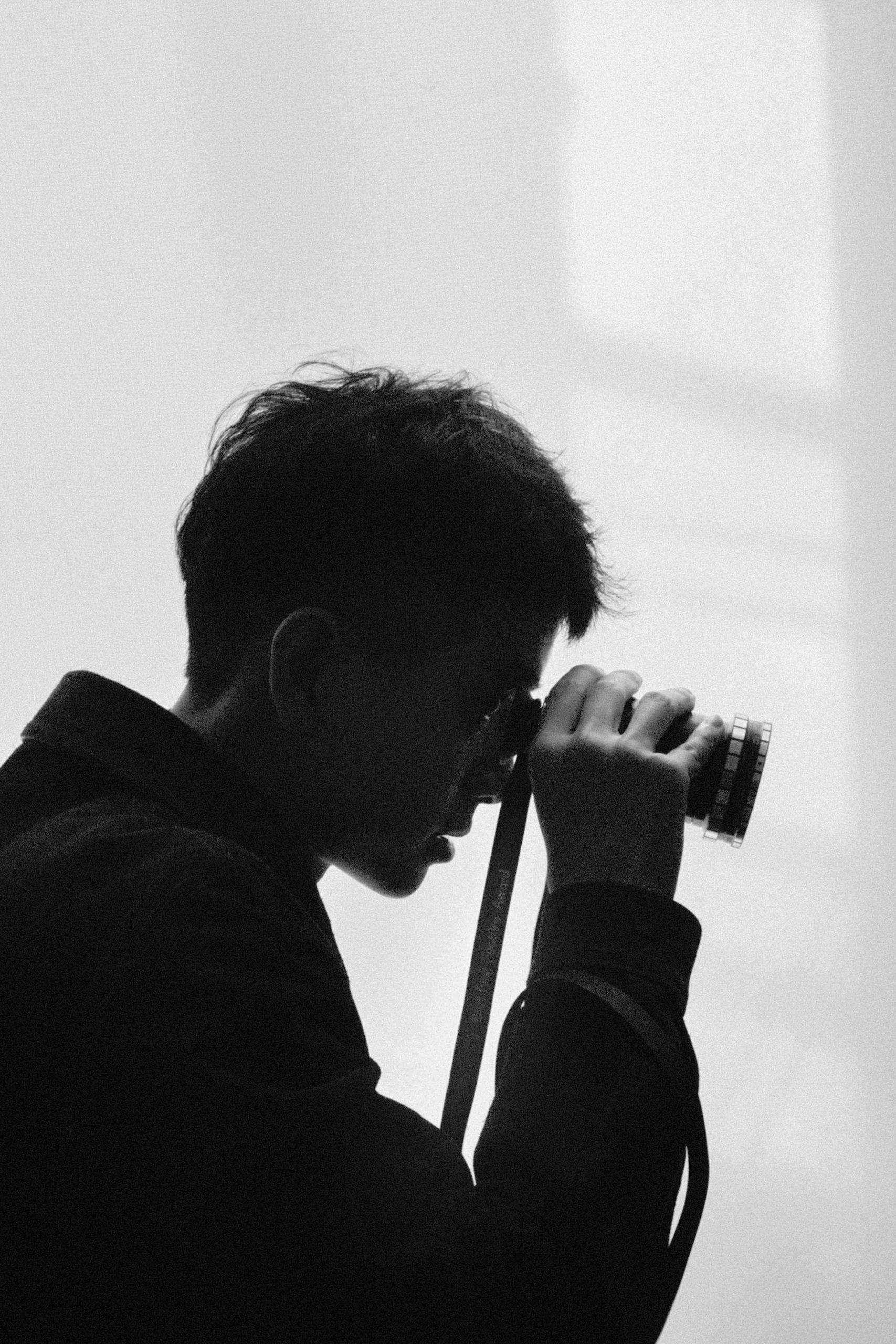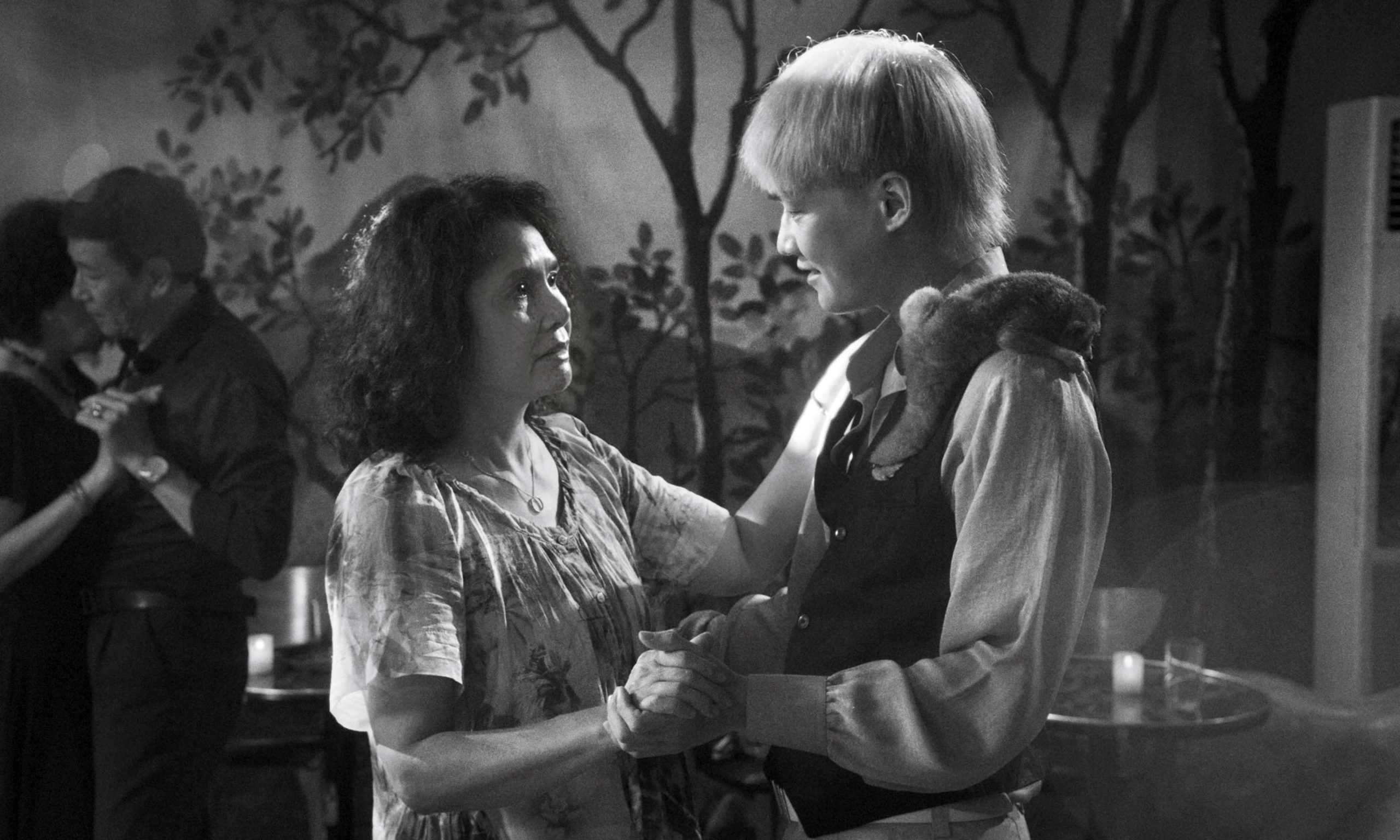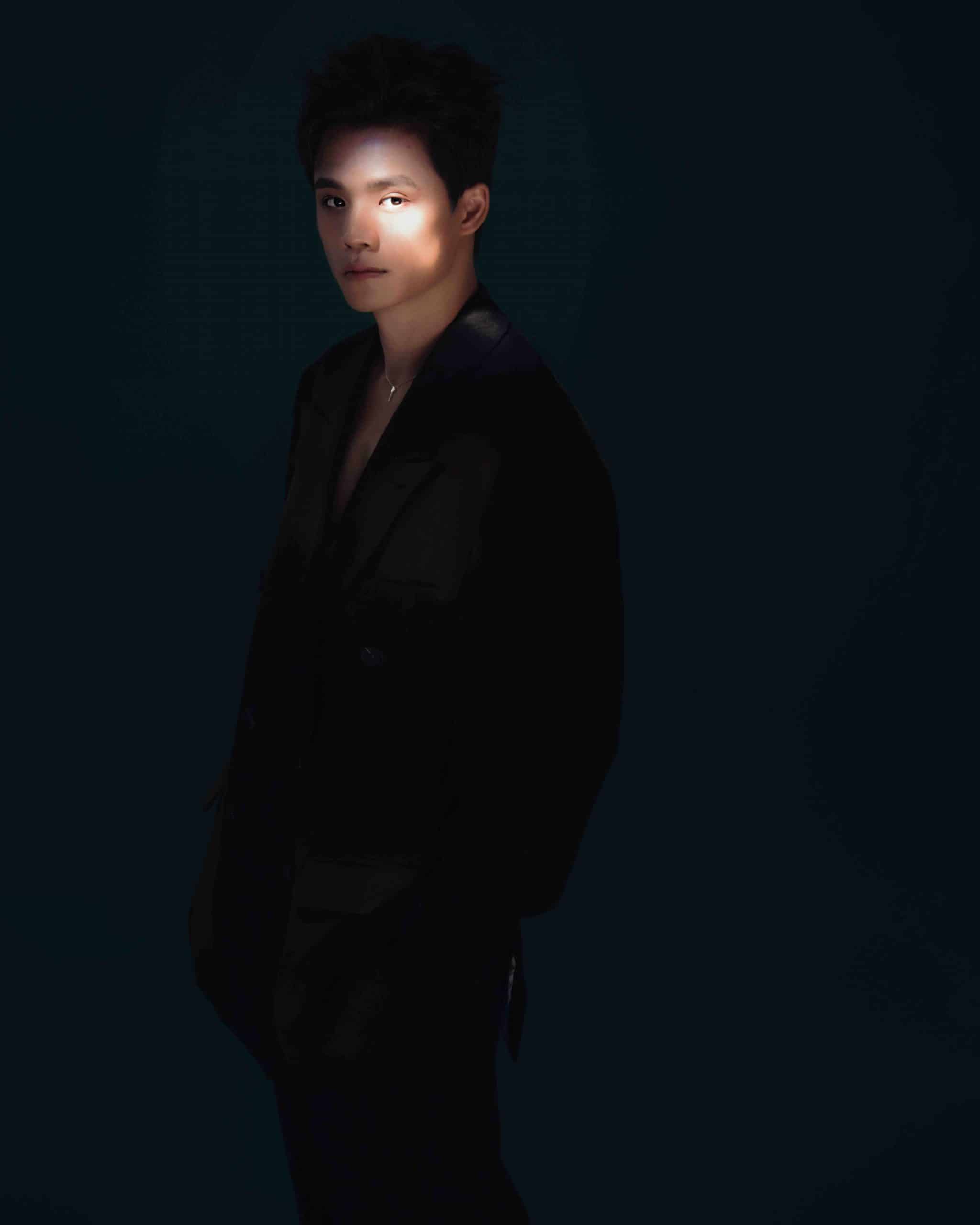Story NAM THI, PHUONG UYEN
Photos INTERVIEWEE
In this special feature on music and cinema, Heritage Fashion meets talented directors in the fields of theater, film and music videos. Each artist brings a fresh, authentic and emotional reality to their works, leaving a mark and inspiring the public.

Director Viet Tu
Hello, Viet Tu. When people mention you, they often think of the word “pioneer.” What motivated you to create this persona?
My motivation is nothing grandiose; I always fear being outdated and left behind. Most of my time not working is spent traveling, experiencing and updating. I also learn from those younger than me by observing how they create. Instead of letting fear pull me back, I use it as a force to push myself forward. Lessons from past complacency have also taught me a lot.
How do you define “pioneer?” What challenges have you faced maintaining your position in a market with so many young faces?
I am just someone who always tries not to be satisfied with what I have. Being a pioneer is a long, persistent process from vision to product. [It is] the influence of an individual on the market, changing and leading that market over time, and influencing subsequent generations. Regarding the era of creativity, I believe it does not depend on age but on your ability to update and learn from the times. To be a pioneer, you need to maintain that spirit until your last days in life.
The media calls you Director Viet Tu as a title, but you are better known as a producer and art entrepreneur. Why is that?
I shifted because my vision changed when I realized that what I wanted to achieve was beyond the scope and position of the job I was holding. Moreover, examples of career development at the highest level in the global art industry, such as Zhang Yimou, George Lucas, Takashi Murakami, Jay Z, Pharrell Williams, Dr. Dre, etc., also show that if you want to make changes to your industry on a large scale, being a specialist is not enough.
Your “expensive” products have become a brand. When many young faces emerge, do you think that is a disadvantage?
From the outset, I’ve chosen to focus on the value I provide customers rather than the price of my product. In this industry, the most valuable thing is intellectual property, which is being wholesaled by creators themselves. The more you create, the more it gets worn out, with no resources in terms of time or material to regenerate, leading to exhaustion and repetition in a short time. Commercially, the creative industry can’t operate like a manufacturing industry, meaning we can’t produce in large quantities to maximize profits. Therefore, I worry about the market and my colleagues more than feeling they are competing with me. My goal is to help them recognize this issue and work together to improve the market.
Could you share the qualities a stage director, or more broadly, a pioneering artist needs to have?
As a creator, you need to have a fear of being outdated. Creativity alone is not enough; you need to continuously cultivate interdisciplinary knowledge. To reach the largest scale in any industry, you need to learn to think and act like an entrepreneur to achieve the success you desire.
Thank you. We wish you good health!

Director Pham Ngoc Lan
Hello Pham Ngoc Lan. Your film Cu Li Never Cries won an award at the 74th Berlin Film Festival. When do you plan to screen it in Vietnam?
We premiered Cu Li Never Cries in Germany at the end of February and received initial encouragement. However, it is not the award itself, but the differences in how the film is understood by international audiences versus people of Vietnamese descent. This film deals with cultural aspects that cannot be fully translated into another culture; there are elements beyond and deeper than the story and cinematic language. From this perspective, it would be meaningless if the film could not reach domestic audiences. The film is scheduled for release at the end of the year, a time when it will compete with international commercial films. Our entire team is curious about how people will receive it and hope the work does not fall into a situation where it needs rescuing.
Your work often carries a blurred sense of time. Do you think you use time to express space?
Time leaves its marks on the body of space, the body of characters and even on itself. When making films, I pay a lot of attention to the traces of time and propose some obsessions about the concept of time for the characters, rather than focusing on the impression of the passage of time for the audience. In Cu Li Never Cries, we intended to create an indefinite floating time zone between the years and months of 2002 and 2022, somewhere reminiscent of the past before 1990. In the short film Mot khu dat tot (Blessed Land), it is the cyclical time of yin and yang, of reality and unreality, of earth and heaven. In The Unseen River, it is the time of sleep and wakefulness, of trying to dream and trying to remember.

You come from an architectural background. Does architectural thinking influence your filmmaking practice?
I can’t clearly define what architectural thinking is. Since I was young, I have always been attracted to space and have had sensitivities about form and sound. My previous study was not architectural but urban planning and urban design. That field requires interdisciplinary thinking, teamwork, and respect for people, history and culture. It demands that one must have knowledge and strive to live as an intellectual. These refinements are particularly important for the type of cinema I am pursuing. I simply did not change the way of life I had realized early on when transitioning from the old profession to the new one. Ironically or fortunately, constantly thinking about the old profession helps me navigate the new one more easily.
How do you start making a film?
I keep many possibilities open, sometimes needing to build a unique process for each project because discipline and labor are always crucial, and occasionally I get playful, thinking I’ve lost them. For commissioned work, I often discipline myself early to understand what is desired and then find a way to balance it with what I can offer.
But with personal work, creation is also about delving into the mind and understanding oneself. Usually, I will think about the new film from what I currently have. If the right conditions are met, finding a producer and investor with the same vision just blooms like a flower.
You’re no stranger to the independent film scene. But your latest work has made your name more widely known. Any thoughts on that?
I don’t have many qualities for a career in performance and entertainment, my personality is not so flexible. Standing in a place not meant for me, I feel exposed and distracted. However, the work of preparing the film for release demands that I stand in a place with a lot of light. Right now, I am just being a street sweeper, giving the film a clean standing place and allowing the Vietnamese public to watch the film in the best conditions. Hopefully, the film will speak for me and wrap around me. Then, I will hide in the shadow of a new project to feel secure.
Thank you. We hope your film is well received.

Director Vu Hong Thang
Hello Vu Hong Thang! Can you share your journey from editor to director of million-view MV projects?
My path to becoming a director was a challenging transition, but also a fortunate journey because I got to live fully with my passion. Starting as an editor, I learned additional skills in filming and photography, and everything came together as if by fate. I had the opportunity to work as a producer, assistant director, and director of photography for many MVs. Having experienced almost every role in an MV production team, I gained a comprehensive understanding of the production process, comprehending the roles and challenges of each member to collaboratively solve and handle on-set situations. I always remind myself to try my best and cherish every opportunity I receive.
How do you ensure that the visuals in an MV are not only beautiful but also fully convey the musical emotions?
I particularly focus on balancing the storyline, content and visuals when creating an MV. Each element plays an important role in creating a complete and captivating product. Depending on each song and the artist’s identity, I adjust the focus on the storyline or visuals to achieve the best emotional conveyance. To achieve this, I often spend time listening to and deeply understanding each song, from the melody to the lyrics, to fully grasp the message the artist wants to convey. Then, my team and I build a detailed script, including characters, story, setting, costumes and colors, ensuring all these elements combine to create a unified whole. By paying attention to every detail and maintaining an overall vision, I always strive to make the MV not only visually appealing but also fully convey the music’s emotions to the audience.
What factors contribute to creating your unique and diverse artistic mindset?
For me, a director’s mindset is shaped by experiences and personal perspectives on life. The more experiences you have, the more multidimensional and richer your thinking becomes. Life is a colorful picture with coexisting light and dark shades, and each color has its own beauty to feel and explore. Living, loving, suffering, and making mistakes – all these forms have come together to create the Vu Hong Thang of today.
With 10 years of experience on set, do all MV projects now become “easy problems” for you?
Each project always brings something new to explore and allows me to challenge myself. For example, the Cung dan vo doi project was set in the Mekong Delta, where my team and I spent nearly 10 days searching for the right setting. In the project about the Northern countryside, I spent a whole month traveling to choose the setting. Each new project is a “difficult problem” for me to conquer and test myself with new things. Currently, I want to focus on exploring ethnic cultural elements combined with contemporary art in my works. This not only helps preserve traditional culture but also gives my products depth and lasting value in an era where everything passes by very quickly.
What can you share with Heritage Fashion readers about your upcoming directions?
In the past year, I participated in producing music programs and live shows, notably the Son Tinh – Thuy Tinh water music show recently launched. This is also part of my transformation plan for the near future. I hope to always maintain the passionate spirit I had 10 years ago, before starting my journey as an MV director.
Thank you for taking the time to share!










